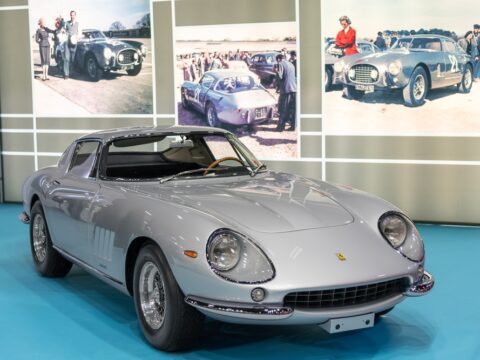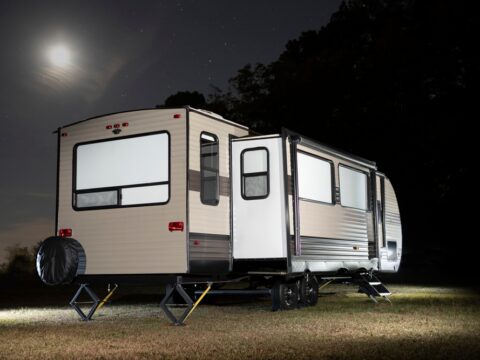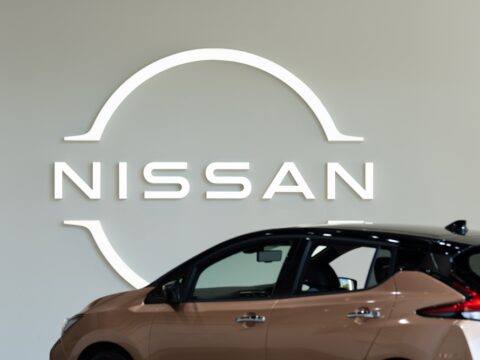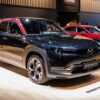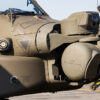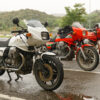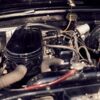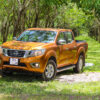Military hardware doesn’t always hit the mark. While some vehicles become legendary for their effectiveness, others are plagued by problems that render them almost useless. Mechanical failures, tactical inefficiencies, and design flaws have all contributed to the downfall of many ambitious projects throughout military history. From World War II super-heavy tanks to more recent but problematic designs, certain military vehicles stand out for all the wrong reasons. These machines, despite high hopes and significant investments, struggled with critical issues that hampered their performance and reliability.
Contents
TOG II (Super-heavy tank)
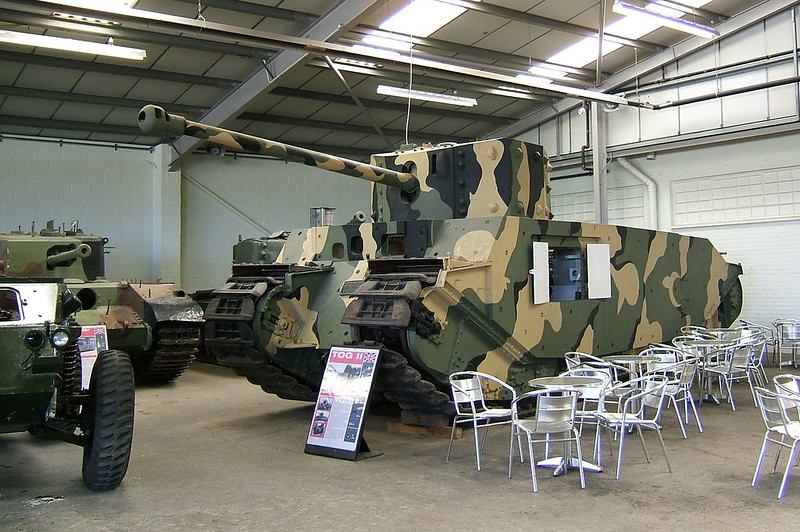
The TOG II was a British super-heavy tank developed during World War II. Designed with trench warfare in mind, it became obsolete by the time it was ready for deployment due to advancements in tank design and battlefield tactics. Its immense size and weight made it slow and cumbersome, limiting its operational mobility. Additionally, its outdated armament and armor configuration could not compete with newer, more agile tanks. These factors led to its abandonment, with only a single prototype ever built.
Maus
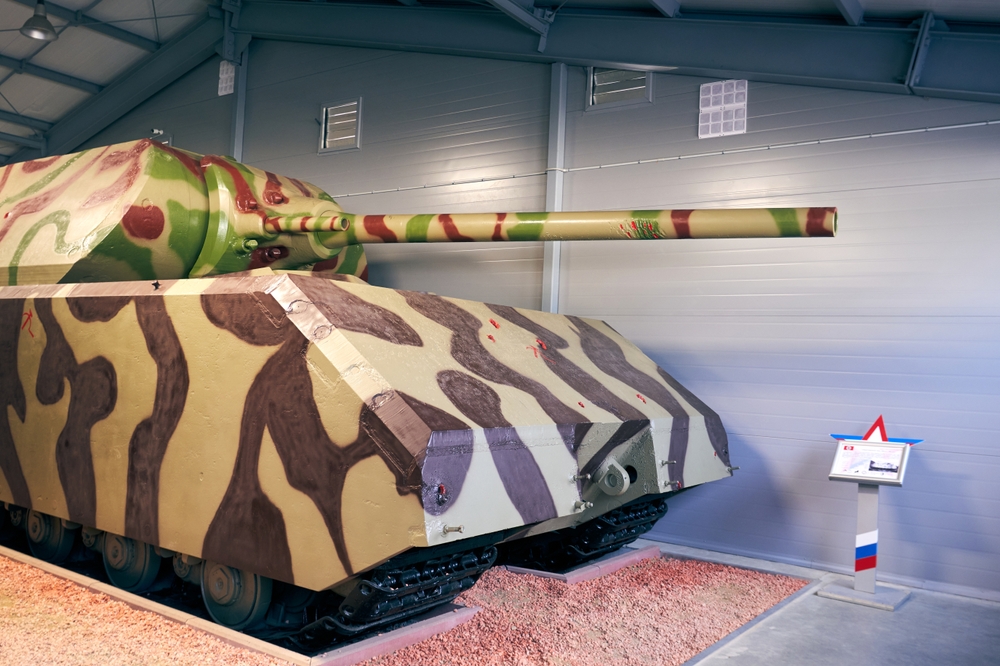
The Maus was a German super-heavy tank designed during World War II, intended to be the heaviest and most formidable tank of its time. Despite its impressive armor and armament, the Maus faced significant issues that hampered its effectiveness. Its enormous weight made it nearly immobile on the battlefield, unable to cross bridges or travel over most terrain without risk of sinking or becoming stuck. Its production was also plagued by resource shortages and technical difficulties, resulting in only two prototypes being completed before the war ended.
M561 ‘Gamma Goat’
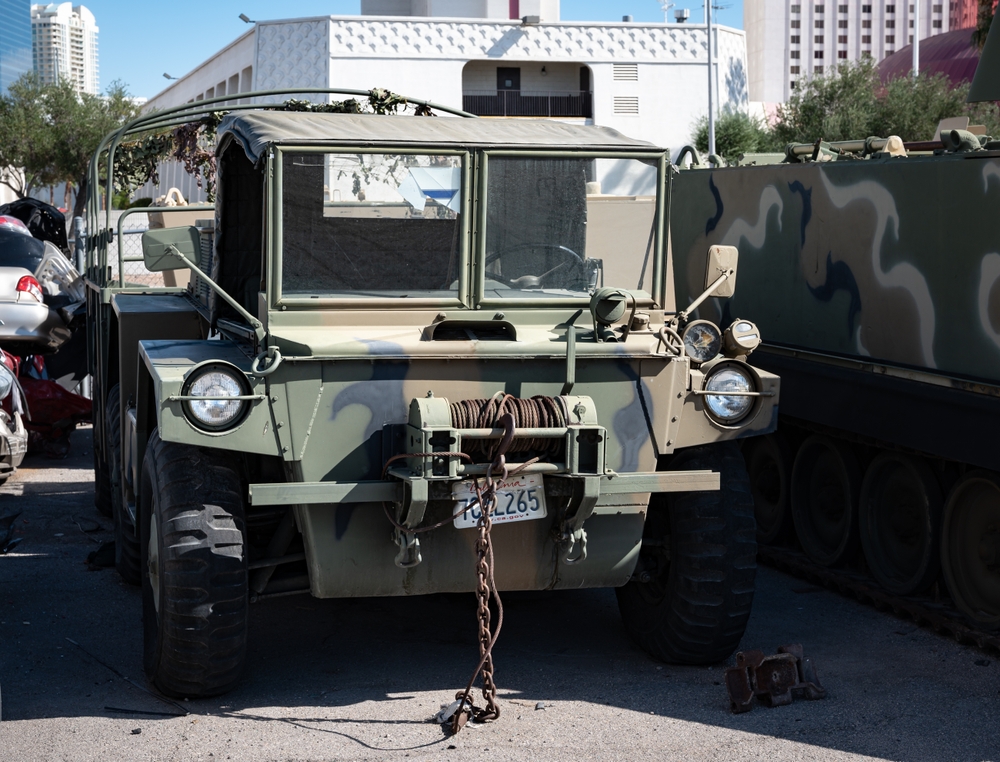
The M561 ‘Gamma Goat’ was a six-wheeled amphibious vehicle used by the US military from the late 1960s to the early 1980s. Designed for versatility, it was plagued by numerous mechanical issues, including frequent breakdowns and high maintenance requirements. Its complex articulated design, while innovative, made it difficult to operate and maintain. Additionally, the Gamma Goat’s poor handling characteristics and excessive noise made it unpopular among troops, ultimately leading to its retirement and replacement by more reliable vehicles.
M551 Sheridan
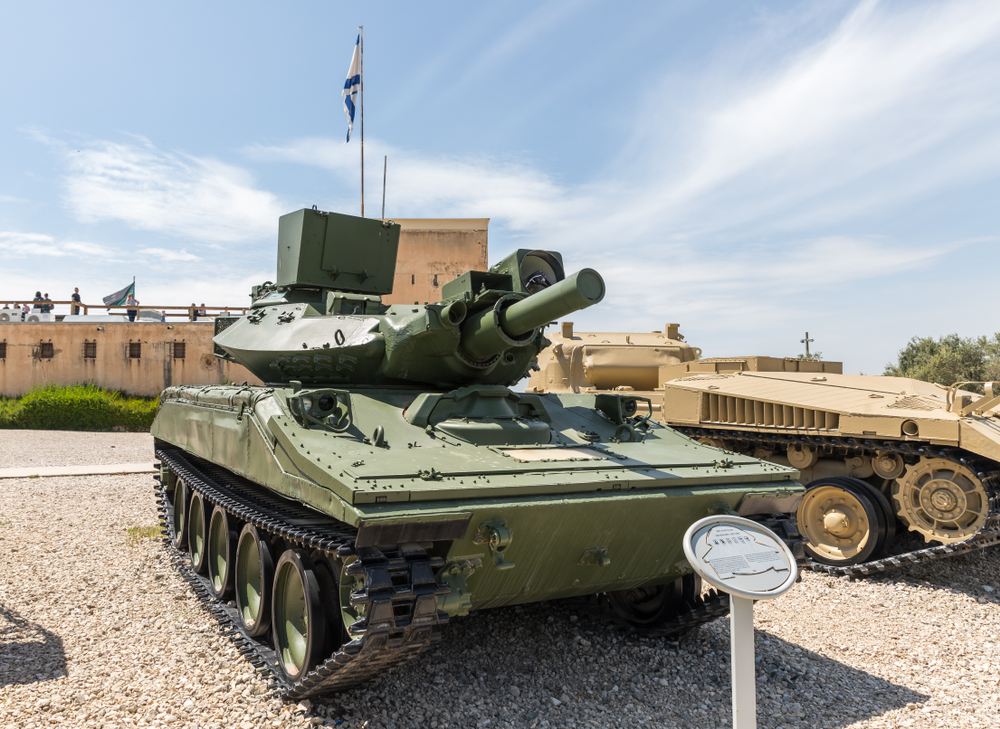
The M551 Sheridan was a US light tank designed for airborne operations during the Vietnam War. Despite its innovative design, combining a lightweight hull with a powerful gun-launcher system, it suffered from numerous flaws. Its aluminum armor offered insufficient protection, making it vulnerable to enemy fire. The gun-launcher system was unreliable and often malfunctioned, and the vehicle’s overall mechanical reliability was poor. These issues, combined with its high cost, led to its limited use and eventual retirement from service.
Panzer 68 (Switzerland)
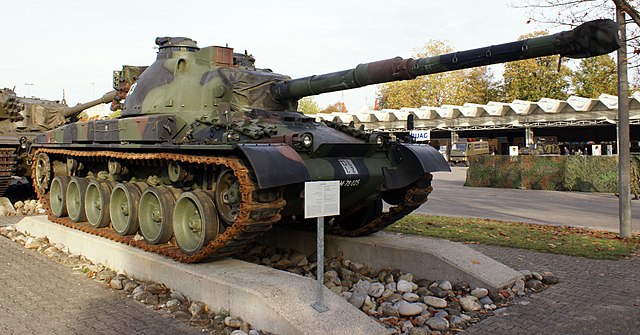
The Panzer 68 was a Swiss main battle tank developed in the late 1960s. Intended to modernize Switzerland’s armored forces, it faced significant challenges throughout its service life. Mechanical reliability issues were common, with frequent breakdowns and maintenance problems. Additionally, its fire control system was outdated, reducing its effectiveness in combat. The tank also had inadequate protection against modern anti-tank weapons. These shortcomings led to its gradual replacement by more advanced models.
Indian Arjun Main Battle Tank
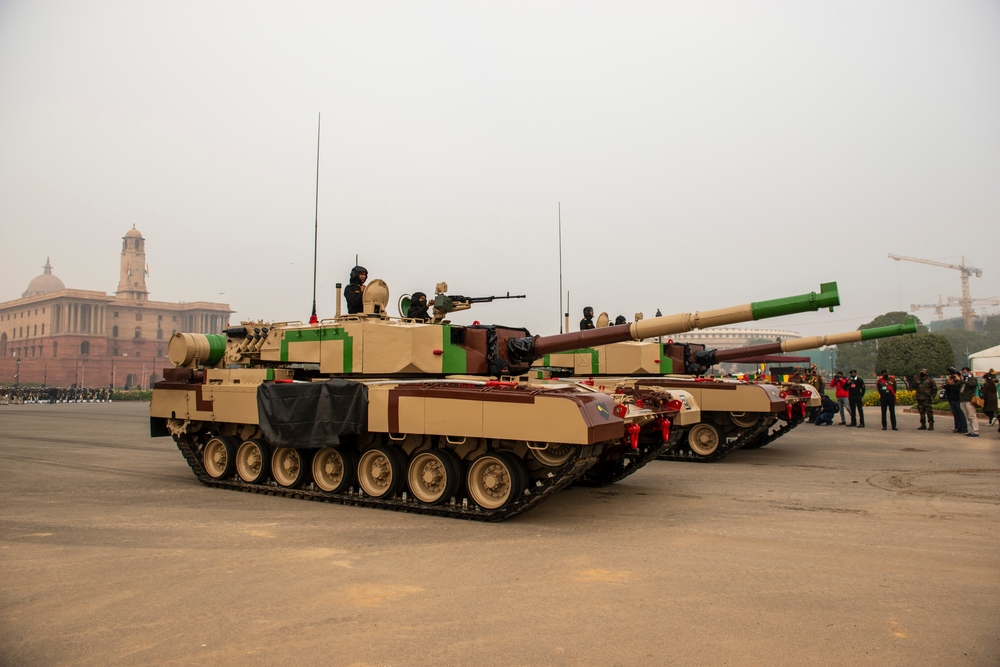
The Indian Arjun main battle tank was developed to replace the aging fleet of Soviet-era tanks in India’s arsenal. However, its development was marred by delays, cost overruns, and performance issues. The Arjun faced problems with its weight, making it difficult to deploy in certain terrains and limiting its operational mobility. Additionally, it suffered from reliability issues, with frequent breakdowns and high maintenance requirements. Despite its advanced features, these challenges hindered its acceptance and deployment within the Indian Army.
A38 Valiant (WWII-era)
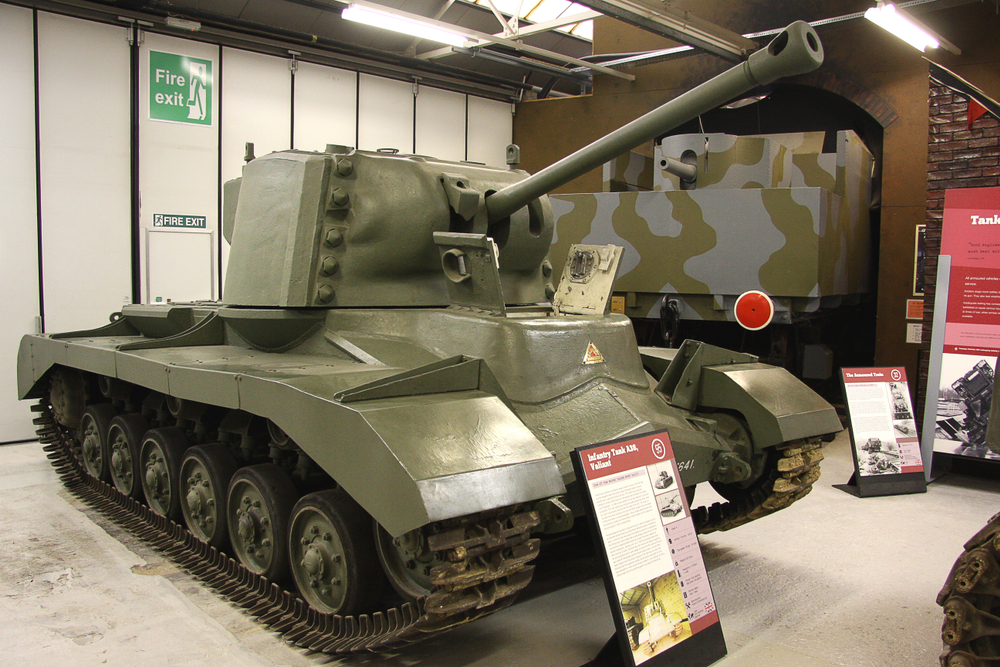
The A38 Valiant was a British World War II-era tank designed as a heavily armored infantry support vehicle. However, it quickly proved to be a failure during testing. Its extremely poor mobility, caused by an underpowered engine and inadequate suspension, rendered it virtually immobile on the battlefield. The Valiant’s armor and firepower were also found to be inadequate compared to other contemporary tanks. As a result, it was never adopted for service, and only a single prototype was built.
T-60
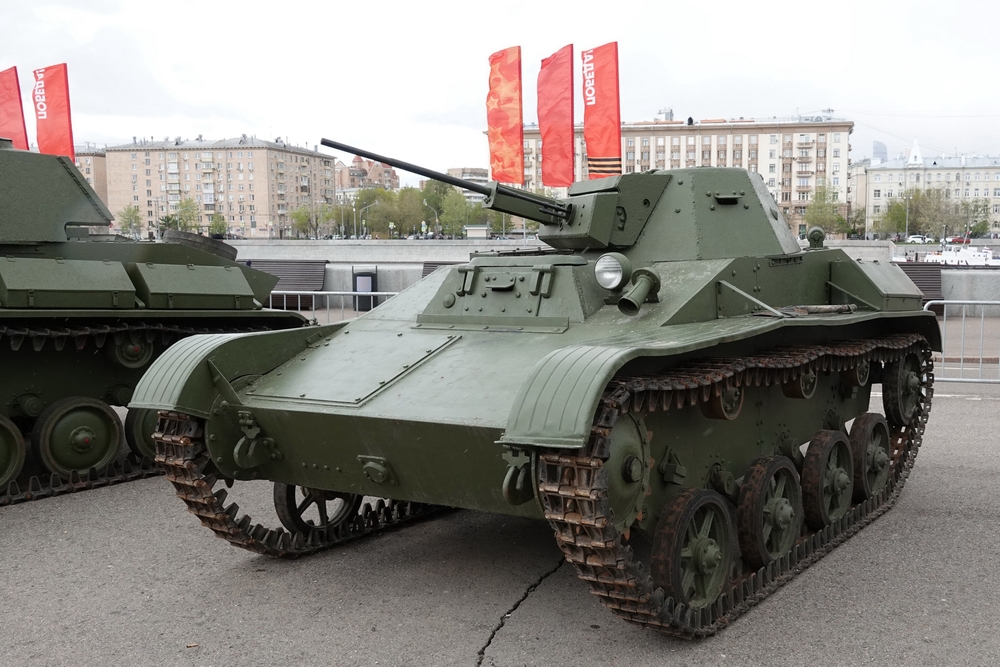
The Soviet T-60 light tank, developed during World War II, was intended for reconnaissance and infantry support. However, its thin armor made it highly vulnerable to enemy fire, and its 20mm main gun was ineffective against more heavily armored vehicles. The T-60 also suffered from mechanical reliability issues and poor off-road performance. Despite being produced in large numbers, it was quickly outclassed by more capable tanks and was relegated to secondary roles.
Vought XF8U-3 Crusader III
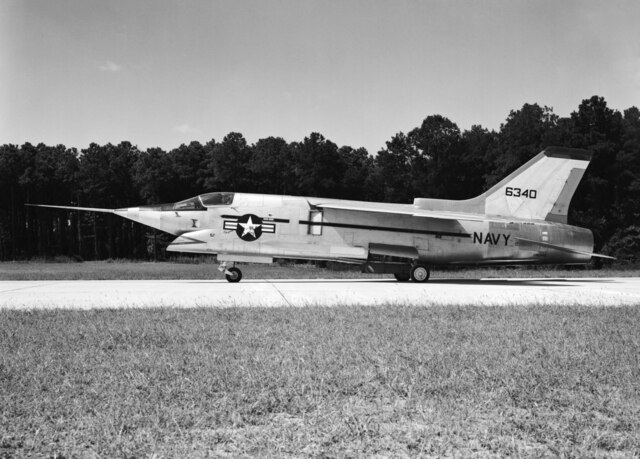
The Vought XF8U-3 Crusader III was an advanced fighter aircraft developed for the US Navy in the late 1950s. Despite its impressive performance and speed, it faced significant issues that prevented its adoption. The Crusader III’s complex design led to maintenance challenges and high operational costs. Additionally, advancements in missile technology and the introduction of more versatile aircraft like the F-4 Phantom II made it redundant. Only a few prototypes were built before the program was canceled.
Soviet T-35
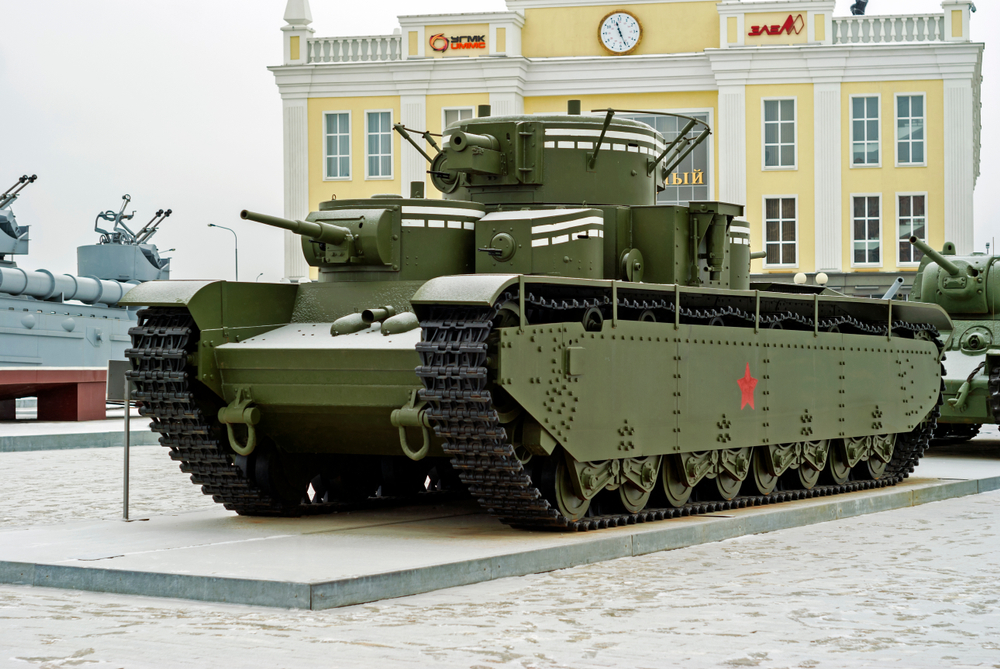
The Soviet T-35 was a multi-turreted heavy tank developed in the 1930s. Despite its imposing appearance, the T-35 was plagued by numerous design flaws. Its multiple turrets made it difficult to coordinate in battle, and its thin armor provided inadequate protection. The tank’s mechanical reliability was poor, with frequent breakdowns and maintenance issues. Additionally, its large size and slow speed made it an easy target. The T-35 saw limited combat use and was quickly outclassed by more modern tanks.
This article originally appeared on MyCarMakesNoise.
More from MyCarMakesNoise
17 Rare Concept Cars That Became Valuable Collectibles
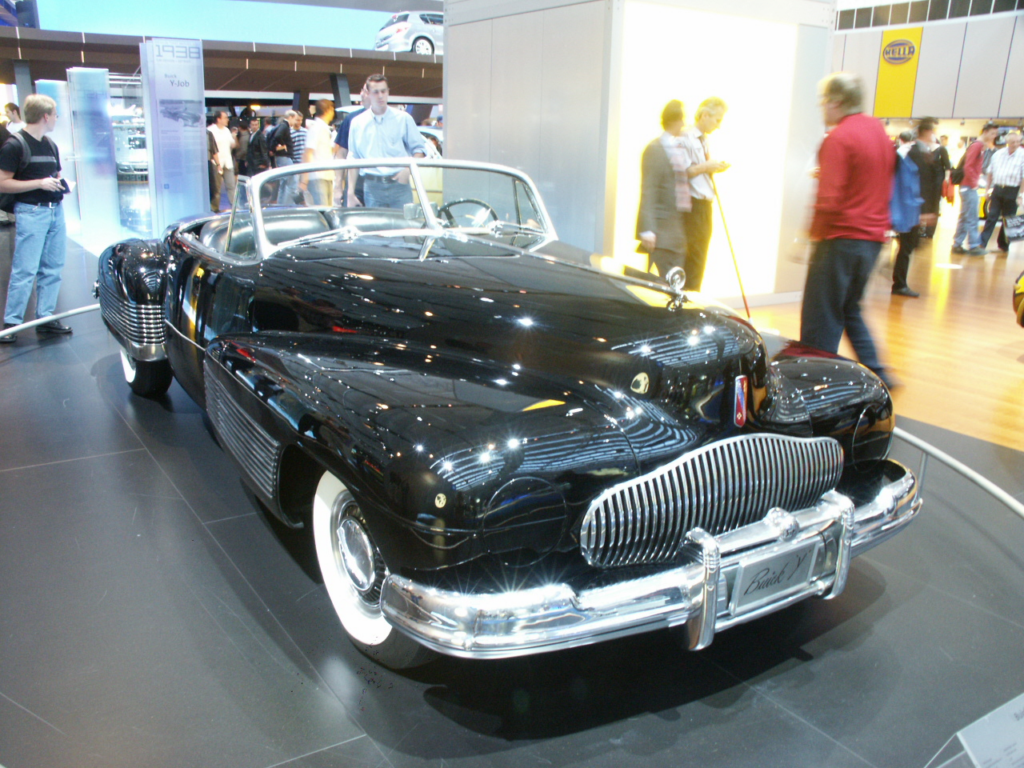
oncept cars have always fascinated car enthusiasts and collectors with their innovative designs and cutting-edge technology. Some of these rare prototypes never made it to production, yet they have become highly coveted collectibles over time. Read More
17 Game-Changing Automotive Innovations of the 2020s

The 2020s have brought a wave of innovation and transformation to the auto industry, changing the way we think about cars and mobility. From advancements in electric vehicles to the rise of autonomous driving technology, these game-changing trends are shaping the future of transportation. Read More
21 Mistakes That Can Make Your Car a Magnet for Thieves

Simple mistakes can make your car an easy target for break-ins. From leaving valuables in plain sight to forgetting to lock the doors, these common errors can attract thieves. Read More


